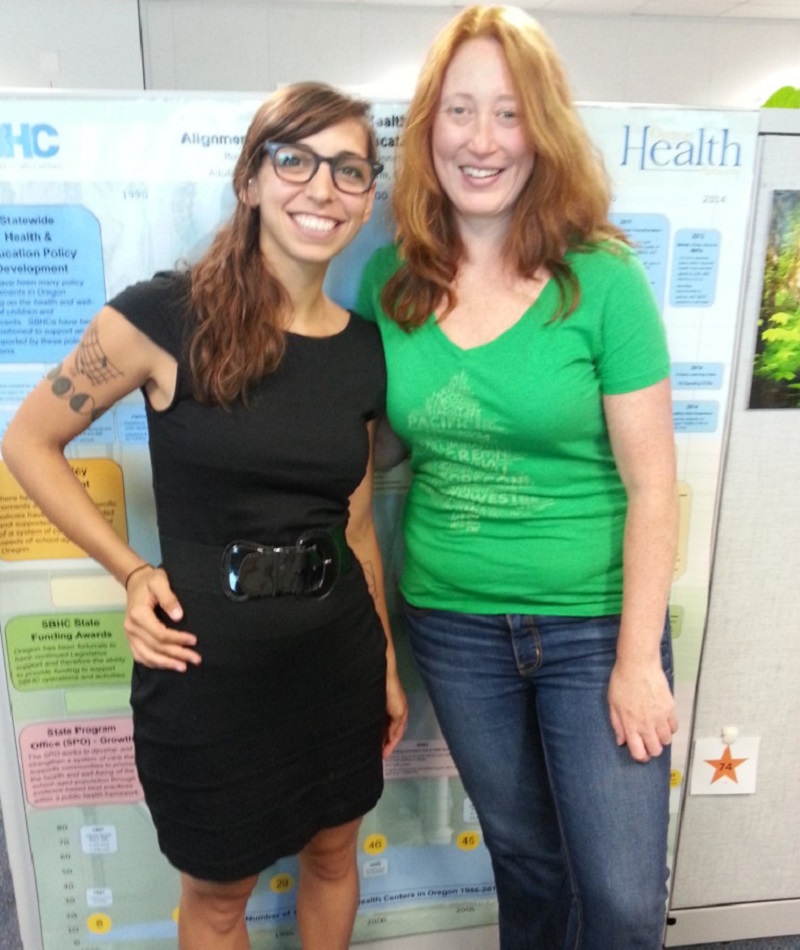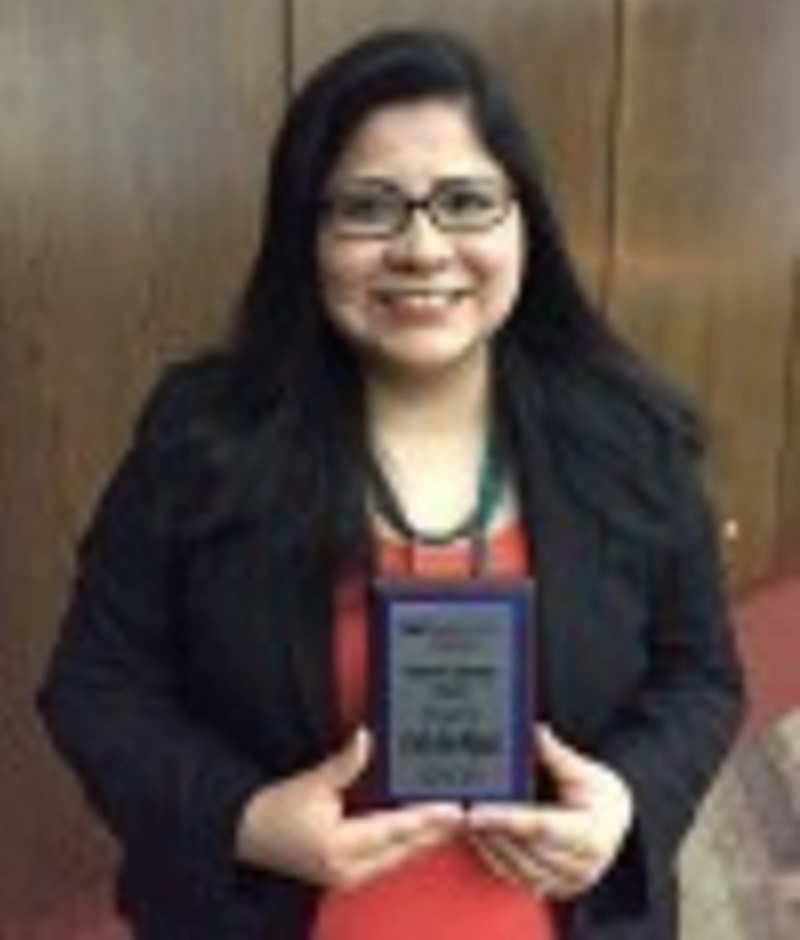Monthly Archives: August, 2015
MCH STUDENT PRACTICUM EXPERIENCES 2015 Heading link

Posted: August 17th, 2015
We were able to connect with two Center of Excellence (CoE) in Maternal in Child Health (MCH) Masters students who completed their field practicums over the summer. We asked them to share their experiences and tell us what coursework helped them prepare for the programs. Read their stories below.
MCH Epidemiology (EPI) Student Participates in Graduate Student EPI Program (GSEP) in Oregon
I had the privilege of participating in the Graduate Student Epidemiology Program (GSEP) at the Health Authority in Portland, Oregon. The GSEP internship is managed by the U.S. Department of Health and Human Services’ Maternal and Child Health Bureau (MCHB) and allows students to partake in MCH Epidemiology projects in state, local or tribal government settings. This summer, I worked on two projects that allowed me to use my classroom knowledge in a real world setting.
My first project focused on an analysis of Oregon youth participating in the “Choking Game,” a strangulation activity in which adolescents cut off oxygen to the brain in order to achieve temporary euphoria. Oregon is the only state conducting statewide surveillance on Choking Game participation, and our research is the first to focus on children at highest risk of injury or death – youth who participate alone. My work consisted of a literature review, statistical analysis using STATA, and draft manuscript to be considered for publication in a national journal. I will also be presenting our findings at the 2015 APHA Annual Meeting.
My second project, a cost-benefit analysis of flu vaccines administered through School Based Health Centers (SBHC), pushed me to use my analytical skills in a new realm – business and finance. My analysis demonstrated the cost-effectiveness of SBHCs across Oregon and the financial formula spreadsheets I produced can be leveraged by other states to illustrate the importance of their own SBHCs.
Over the summer, it became evident that my UIC training had prepared me to tackle these projects in an efficient and capable manner. My epidemiology, biostatistics, and MCH courses provided not only the skills necessary to complete assigned tasks, but the knowledge to apply my skills to real-world research questions. In addition, I came away with the following lessons learned:
- Focus on the details, but never lose site of the big picture. Learning to review the data and understand how it made sense in the big picture helped me conceptualize my findings and bridge the gap between research and broader health policy.
- Collaboration is key. While the majority of my work was completed with my preceptor, it was necessary to seek additional insight and feedback from other subject matter experts. Effective communication and collaboration skills are essential for future public health professionals, and I saw firsthand the value of strong working relationships.
- Don’t be afraid to be wrong. At the beginning, I was often nervous that my approach was flawed and found myself wishing for a non-existent answer key. With the support of my mentor, I became more comfortable taking leaps, making guesses and learning to make mistakes, which helped me grow and become more confident in my abilities.
By Alexandra Ibrahim, CoE in MCH EPI student
MCH Student Participates in MCH Paired Practica Program in Michigan Heading link

MCH Student Participates in MCH Paired Practica Program in Michigan
I completed the National MCH Workforce Development Center’s Paired Practica at the Michigan Department of Health and Human Services in the Children’s Special Health Care Services (CSHCS) division. The practicum focuses on developing the next generation of MCH professionals by pairing a graduate student from a Maternal Child Health Program with an undergraduate student from Howard University.
My mentee and I worked on a project for the CSHCS’s Family Center, a parent-driven unit providing emotional support and resources to families of children and youth with special health care needs. Acknowledging that technological advances have created new opportunities for communication, our project focused on:
- How the division communicates with families today,
- What families feel about the current communication, and
- What families want to see in the future.
We designed the entire analysis, from conducting a literature review, to gathering data and reporting final results. Twenty-eight families were recruited and administered a mixed methods survey (multiple choice and open-ended questions). We also created a database documenting the social media presence of the 45 Local Health Departments. Our findings were then presented to division leader, who are now working to implement our recommendations. I was surprised at how much I relied on my coursework throughout the summer. I had not worked with this population before, so I returned to lectures from my MCH courses to better understand the issues facing parents of children with special healthcare needs. The spring MCH Systems course (CHSC 511) was particularly helpful in preparing for the practicum. One of my other projects was to track the monthly budget for an epilepsy grant, and I used my budgeting slides from the spring Integrated Core course.
While it is difficult to narrow down, the top three things I learned this summer were:
- Mentorship is incredibly important. My practicum reminded me of the value of having a good support system. A lot of us will end up in leadership positions, and the experience of mentoring another student helped me prepare for future leadership roles.
- Care coordination is essential. We acknowledge care coordination as an issue in our courses, but working with families who have children with really complicated medical issues, allowed me to understand the burden families face when coordinating the multitude of services for their children.
- Remember to humanize our communities. Each individual makes up the community, and individual stories are indicative of what is happening at the broader population level. It was heartbreaking to see families’ day-to-day struggles, but also encouraging to know that when we do good public health work, we can improve families’ everyday lives.
By Cindy San Miguel, CoE in MCH student